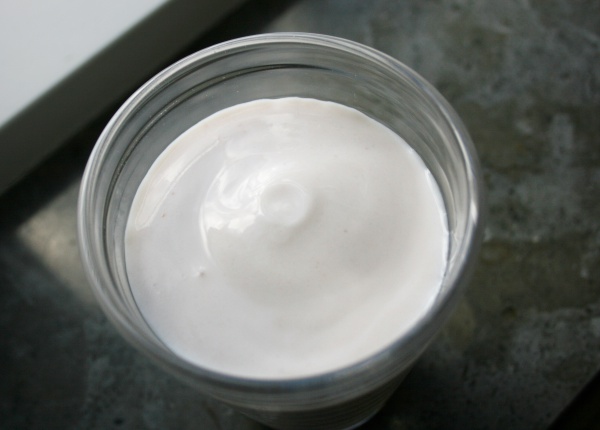Facts About Filmjölk
Filmjölk, often referred to simply as "fil" is a cherished fermented milk product from Sweden that enjoys popularity throughout the Nordic countries. It’s created by fermenting cow's milk with specific bacteria such as Lactococcus lactis and Leuconostoc mesenteroides. This fermentation process breaks down lactose into lactic acid, making filmjölk more digestible for those with lactose intolerance while also giving it its distinctive sour taste and thick texture. Additionally, the compound diacetyl, produced during fermentation, imparts a pleasant buttery flavor.
Filmjölk has a mild, slightly tangy taste and can be kept in the refrigerator for about 10–14 days. It’s a breakfast staple in Nordic countries, often enjoyed with cereal, muesli, or crispbread. Various types of filmjölk are available in stores, including options with different fat contents, flavors like fruit or honey, and even probiotic versions that offer additional health benefits.
In English, filmjölk can be translated as sour milk, soured milk, fermented milk, or clabbered milk. In Finland, when speaking Swedish, you might hear it referred to as "fil" or "filbunke." Several Swedish dairy cooperatives produce filmjölk, offering varieties such as långfil and kulturmelk. For those feeling adventurous, filmjölk can even be made at home by fermenting pasteurized milk with a starter culture of active bacteria. Unique versions such as tätmjölk are also available, made by fermenting milk with specific plants like sundew or butterwort.

 Germany
Germany